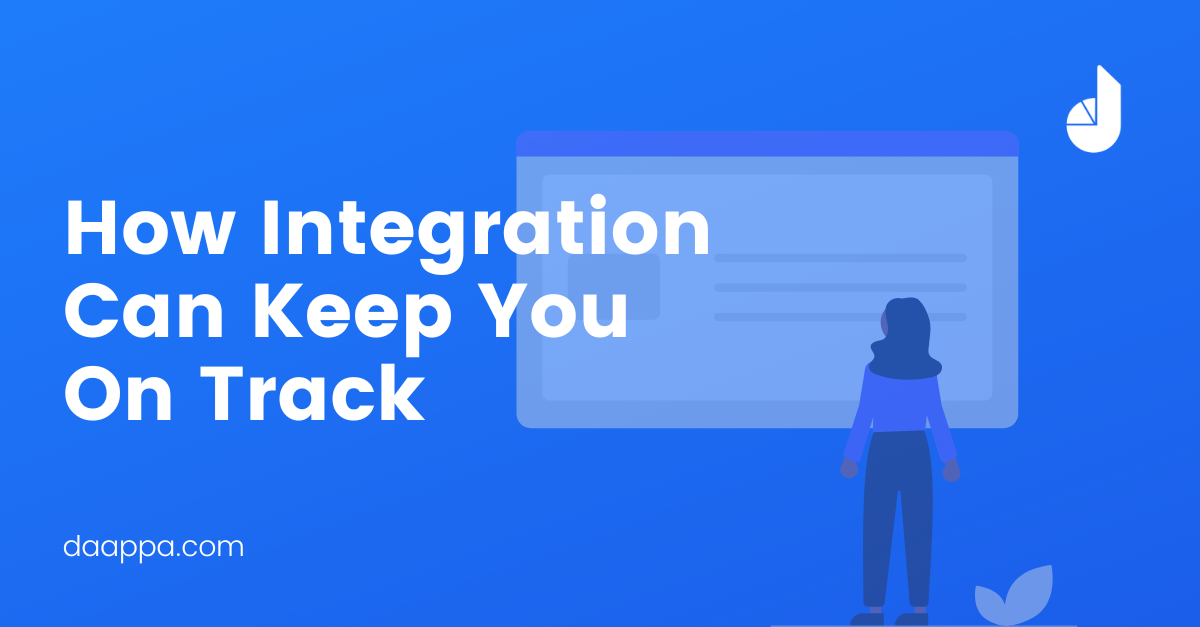How PE Fund Accounting Software Transforms Private Equity Management
In today’s competitive private equity (PE) landscape, precision and performance are inseparable. Fund managers are under mounting pressure to deliver transparency, maintain...
London has recently seen the opening of the Elizabeth Line (previously known as Cross Rail) which, once completed, will connect 41 stations over 100km of track, 42km of which is new, and in tunnels under London. The new railway will increase central London's rail capacity by ten per cent and will carry more than 200 million passengers per year. It is also the first time national rail lines to the east and west of London have been connected through an underground metro system. During its construction, it was the biggest infrastructure project in Europe costing over £15 billion.

The Elizabeth line consists of three sections - the newly built central section, and the east and west legacy surface sections. Part of the complexity of the Elizabeth line, and the reason that testing and systems integration is a very important part of the process is that each of the three sections has a different signalling system. All three signalling systems need to successfully work together, including smoothly transitioning from one to another whilst trains are moving across London.
This integration was a crucial part of the success of the project ensuring that the trains could run on three separate signalling systems as they travelled from the west of the capital near Heathrow airport then underground and then back out east beyond London City and Canary Wharf. The control centres knew where the trains were at all times.
You may be wondering what this has to do with daappa. Just like the train operators, we know the importance of accurate data and making sure that all of your stakeholders have precisely the right information at the right time.
Often infrastructures despite best intentions can become a disjointed ecosystem comprised of varying and constantly evolving legacy infrastructure and modern technologies. So how can you turn scattered pieces of an organisation’s information subsystems into one well-coordinated, cohesive architecture?
Ultimately, what you may be looking to solve is each and every unique IT problem with customised and seamless ways to connect modern environments with legacy infrastructure.
We know that your data is crucial to your business and that you may well have invested heavily in your ecosystem. daappa can integrate easily with your current systems to ensure that you have precisely what you need.
In busy times, the very thought of taking on a project to solve integration and data movement challenges can seem overwhelming and complex.
But selecting both the right parts and the precise location to deploy is what we do best.
We know operational and IT teams have to justify an integration recommendation to benefit vital technology. Our experience shows that planning appropriately offers multiple benefits.
We always look to ensure that we are following the correct integration strategy for a company. What we don’t do here at daappa is try to fit a square peg in a round hole.
We’ll always explain precisely which integration interface options are offered, how this process will affect current systems as well as affect future processes.
We ensure that the right questions are asked before creating your integration plan. We lay out the critical system integration project steps to create an efficient path to the finish line.
And while we haven’t yet had to provide the expertise needed for 70 trains hurtling across London, we are experienced in looking after many moving parts when it comes to software infrastructure.
Our extended daappa managed service (dMS) offering provides your business with a secure and resilient platform for daappa solutions, managed by a dedicated team of product and infrastructure specialists.
This allows you to mitigate risk, control costs: remain up to date and compatible and ultimately
Speed up Innovation: the dMS will improve the time to delivery of the newest features of the daappa solution, allowing users to focus on responding to evolving market and client needs.
Contact us today to arrange a demo.

In today’s competitive private equity (PE) landscape, precision and performance are inseparable. Fund managers are under mounting pressure to deliver transparency, maintain...
.png)
Amid rising operating costs and a shortage of experienced talent in Europe’s financial services sector, daappa Ltd and OneNexus Outsourcing Services LLP announce a strategic...

With the introduction of CSSF Circular 24/856 on 1 January 2025, private market fund managers operating in Luxembourg face stricter oversight on NAV calculation errors, investment...